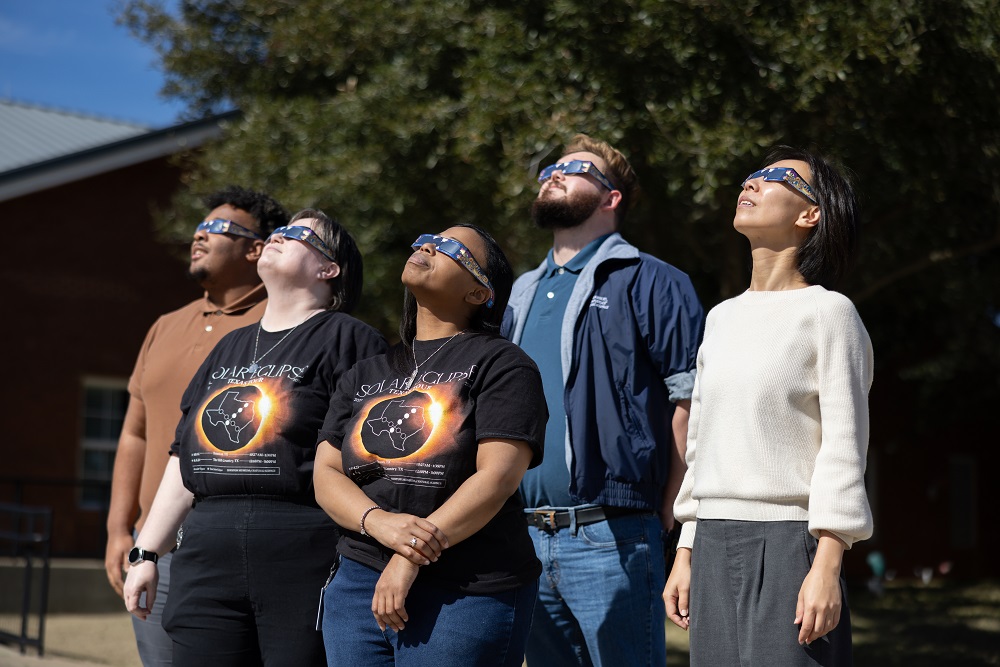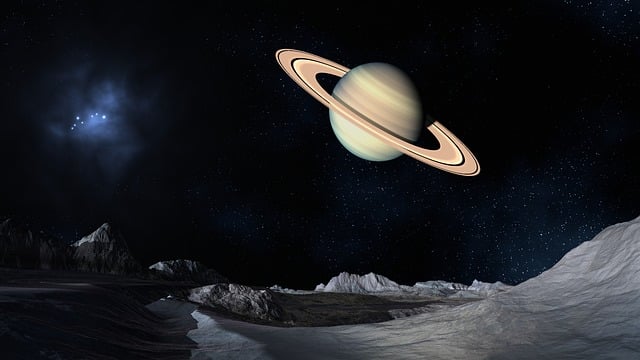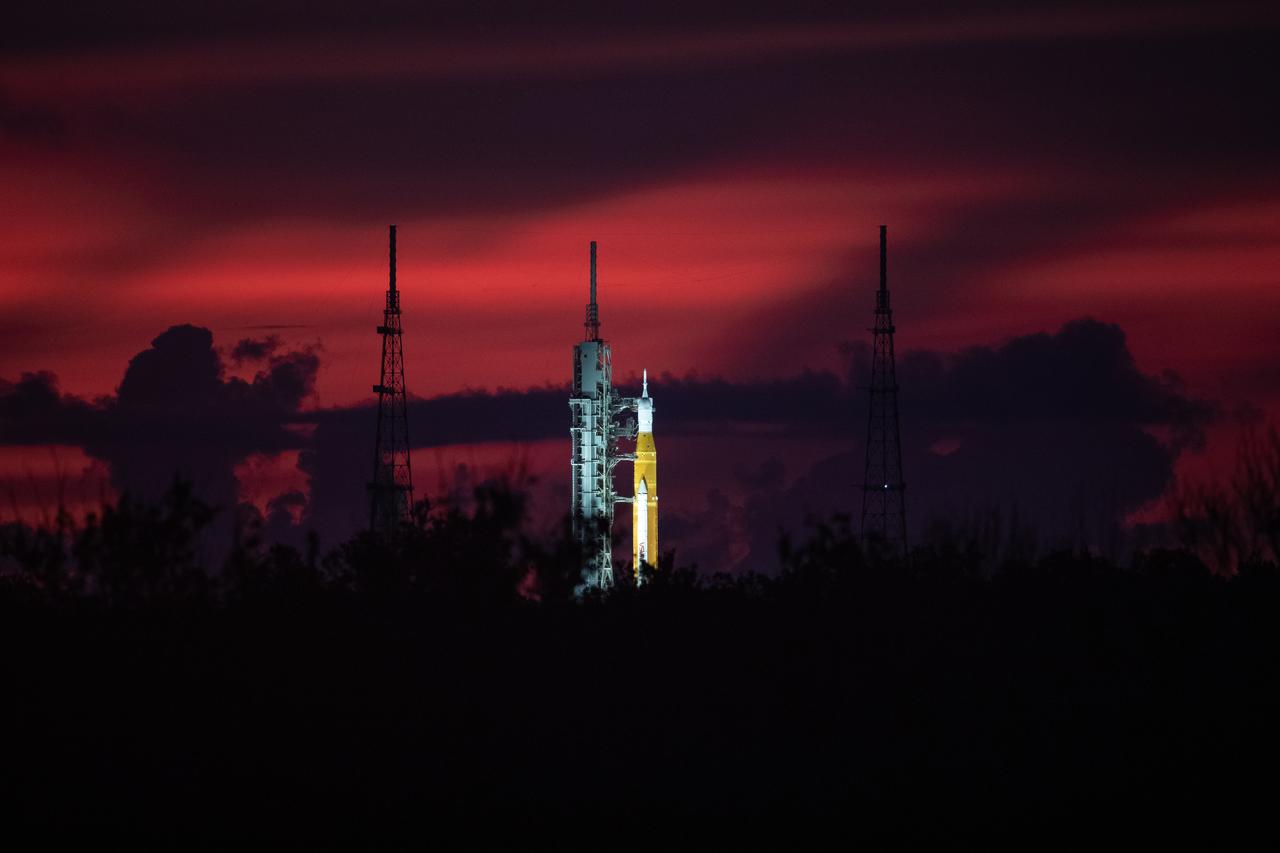We are pleased to present our newest exhibit, a scale model of the Moon just in time to commemorate the 50th anniversary of our Apollo missions!
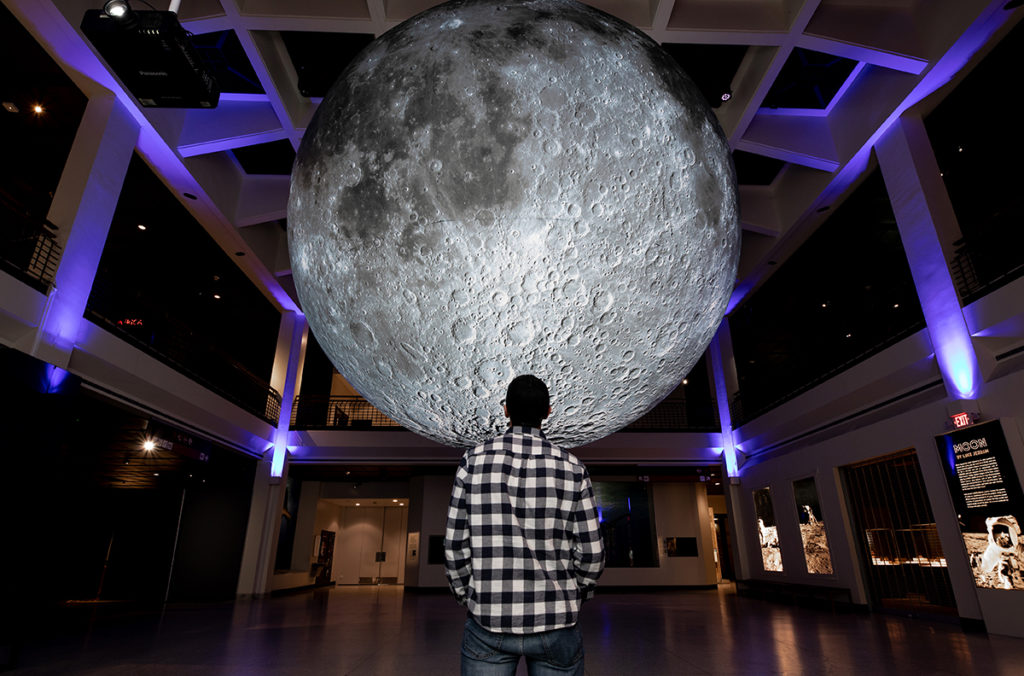
Without the moon, life on Earth as we know it would not exist. Our moon is unusually large for a planet Earth’s size. (Other moons of similar size in our solar system orbit gas giants.) Everything that spins must wobble if any forces act on it, and that includes the Earth. But with our outsized moon, Earth’s wobble becomes the smooth and orderly precession of a gyroscope rather than the chaotic, random wobble of a top about to fall over. As a result, Earth has had about the same axial tilt, with only small variations, for eons at a time. A chaotic wobble, inducing chaotic and random changes in climate, would likely have prevented life on Earth.
However, Earth also affected the moon’s spin. Tidal forces form the Earth slowly ‘despun’ the moon until the lunar rotation rate equaled the rate at which the moon orbits Earth (about one month). Because the moon rotates on its axis and revolves around the earth in the same amount of time, we see only one side of the moon. There is no dark side of the moon, except on a Pink Floyd album. At any moment, one half of the moon is lit and the other half is in darkness, but which half changes slowly over time (as it does for Earth!). The Sun shines on the whole lunar surface over a full month. Rather, there is a near side which always faces Earth and a far side which always faces away from Earth. No one saw the far side of the moon until the 20th century space race. The Russian spacecraft Luna 3 gave us our first photos of the far side in 1959. Then, during their orbit of the moon in December 1968, Apollo 8 astronauts became the first to see the far side with their own eyes.

In this new exhibit, the moon is lit from the inside, rather than by sunlight. Each inch of the HMNS moon represents almost eight miles of the moon’s surface. The HMNS moon is 7 meters in diameter. At that scale, the Earth would be 25.7 meters in diameter (just over half the diameter of the planetarium dome) but almost a half a mile away, approximately where the reptile house is in the zoo. The Sun would have a diameter of about 2.8 km (1.7 miles), and would be about 190 miles away, in San Antonio. Neptune, the most distant planet in the solar system, would be near Rome.
The HMNS moon is like a big balloon made of plastic vinyl similar to an air mattress. It weighs about 100 pounds. The Moon comes with attachment points built into a ring at the top. The Exhibits Department hung pulleys in the space above the ceiling grids in Glassell and using ropes, hauled the partially inflated globe up. Once in place, it was fully inflated with something like a big leaf blower. It is secured with a steel cable. Inside, an array of lights hang on an armature in the middle of the globe.
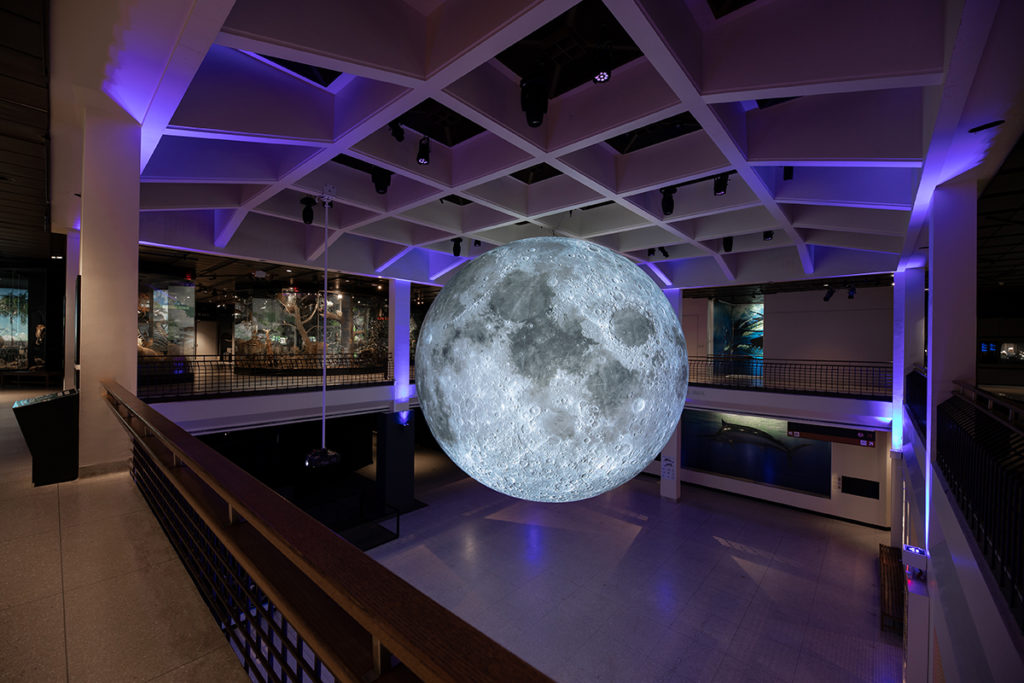
The moon’s near side faces the main entrance to our exhibit halls. All Apollo landings happened on this side, as the astronauts needed to face the Earth to remain in contact with mission control. As you face the Moon from that entrance, the Western Hemisphere is to your left and the Eastern Hemisphere to your right. Note that we have defined ‘east’ and ‘west’ in the Moon’s own reference frame, and not as we see the moon from Earth.
Information panels, which label lunar features such as craters, mountains, and maria, are on the second floor–more at eye level with our moon. Maria are large dark regions on the moon which looked like seas (Latin:mare, pl.maria). The name has stuck although we now know they have nothing to do with water. They are instead ancient lava flows that oozed into low lying areas on the moon’s surface, darkening them. Almost all of the maria are on the near side, and there is an ongoing debate on how to explain this. (A large, low lying region on the far side, the South-Pole-Aitken Basin, is not filled with maria). The leading idea is that there are more heat producing, radioactive elements such as thorium on the near side than on the far side, but again, why is that?
Thus, we see that the moon remains as wondrous and fascinating for scientists today as it will be for you when you come to see it here.
The moon sculpture will be here at HMNS this summer only, so come see it while you can. In addition to the replica moon, we also have a virtual reality moon experience. There’s no better place to celebrate to 50th anniversary of the Moon Landing than HMNS. Except maybe the Johnson Space Center… But they don’t have dinosaurs and mummies and tons of other cool stuff to look at!
Further Reading:
Mapping The Moon: Who Picked All Those Crater Names?
Astronaut Shannon Walker Talks About The Future of Women in Space
Stars At War: Binary Stars, Cataclysmic Variables and Warped Space!


